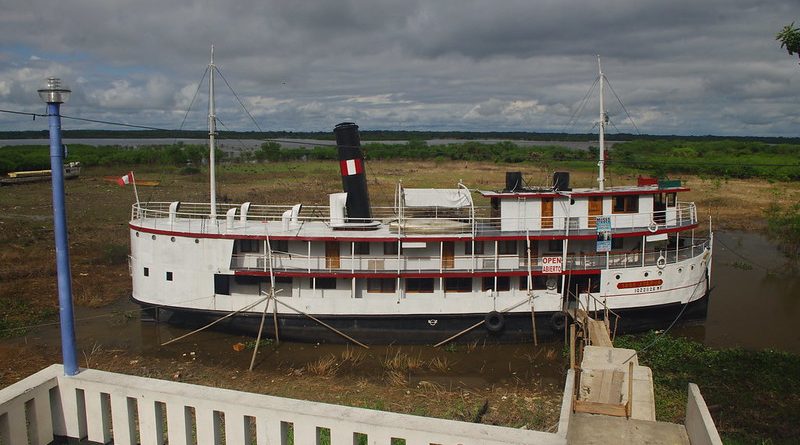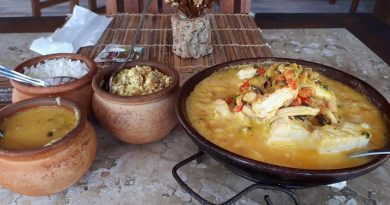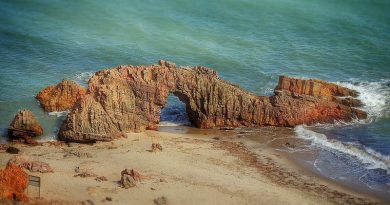Rubber Boom Rubber Bust
In order to figure out why a city as large as Iquitos, with a population of around half a million, exists marooned in the jungle, hundreds of miles from the nearest connecting road, you have to understand its history – it’s entirely because of the Amazon Rubber Boom, which utterly transformed the region in the late 19th and early 20th centuries. At the time, synthetic rubber hadn’t yet been invented, and the best quality natural rubber could only be obtained from trees growing in the Amazon – once bicycles, motorbikes and cars were invented, all running on millions of rubber tyres, the Amazon Rubber Rush was on. Tens of thousands of people came to the region to seek their fortune, of whom a few grew incredibly rich – the so-called Rubber Barons, who built many grand and opulent buildings in Iquitos that can still be seen and admired today.
The Rubber Barons used steamboats to transport the tapped rubber out of the remote jungle to warehouses in Iquitos, from where it was then shipped to Europe, the United States and elsewhere. Today, only a handful of the steamboats that once hauled rubber along the Amazon to and from Iquitos still survive, but thankfully Dr Richard Bodmer, an Iquitos-based conservationist, has helped preserve some of the last of the boats that do remain. Today they can be visited at the Historic Boats Museum in Iquitos (www.historicboatmuseum.org).
Of all the stupendously wealthy rubber barons, the most famous was Carlos Fitzcarrald, who was the inspiration for Werner Herzog’s iconic 1980s movie Fitzcarraldo, but the richest was probably Julio Arana, founder of the Anglo-Peruvian Amazon Rubber Company. Given that the Amazon’s indigenous tribes knew the forest better than anyone, Arana and the other rubber barons got many of them to tap the wild rubber trees. Since this work took place out in the remote jungle, far from independent oversight, for a period of decades Arana in particular was able to get away with abuse, torture and murder on a large scale, as his henchmen enslaved thousands of natives, working many of them to death and killing many who resisted. Luckily, a Canadian traveller, Walter Hardenburg, witnessed the abuse in all its horror while exploring the remote Putumayo region en route to Iquitos, and told the story in his sensational book ‘Putumayo: the Devil’s Paradise’, published in 1912.
Hardenburg’s exposure of the Putumayo Scandal helped bring to an end the most brutal excesses of the Amazonian Rubber Boom, but the simultaneous collapse of the Amazon Rubber Boom was an even more important reason for the end of the abuses. The timing of the end of the Amazon Rubber Boom had nothing to do with the Scandal, however, but was instead the delayed result of an act of smuggling by the British back in 1876. 70,000 rubber tree seeds had been smuggled out of the Amazon, taken to Kew Gardens in London, and then germinated. The rubber trees were subsequently planted on vast plantations in British-ruled Malaysia, until finally by 1912 the rubber trees on the plantations had grown big enough to tap on a large scale. Compared to the wild rubber trees scattered throughout the Amazon, the plantation trees were much easier to manage and tap, and had a much bigger and more profitable yield. Once Malaysian rubber came on to the market in large quantities in 1912, the price of Amazonian rubber plummeted by 90%, and the Amazonian Rubber Boom was over.




